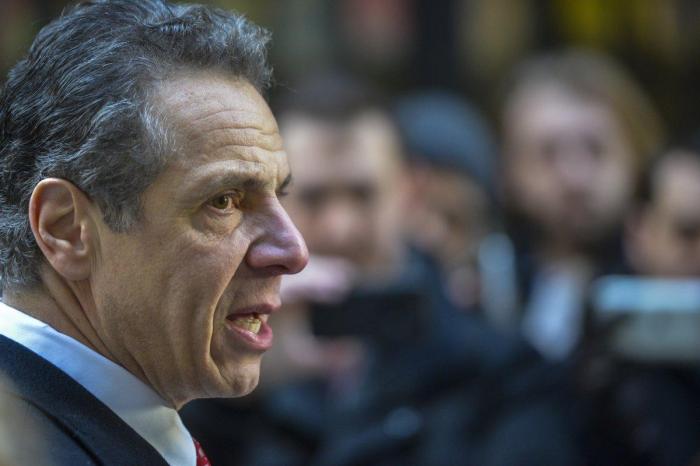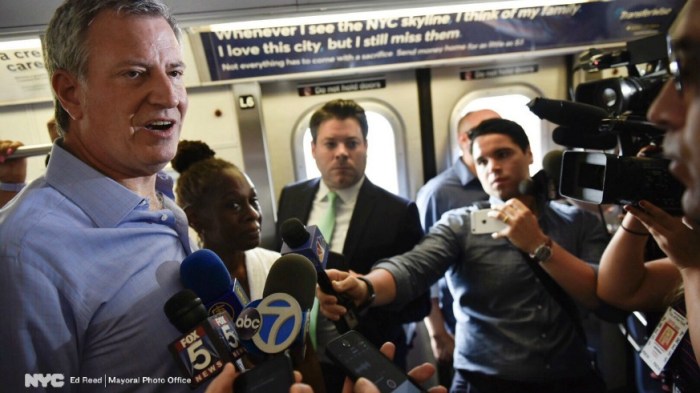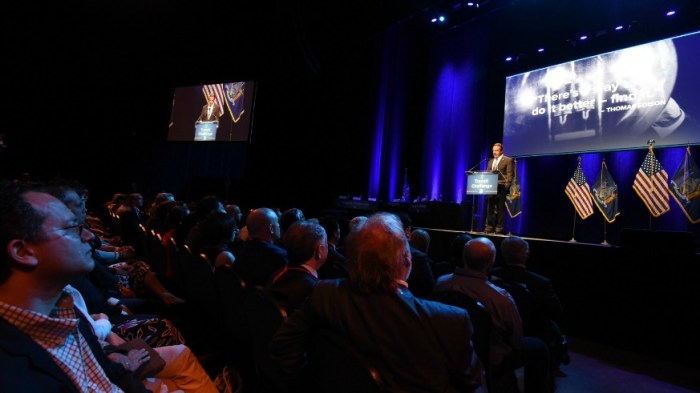With overcrowded trains, near-daily signal issues causing delays and that looming L train shutdown, being a straphanger in New York City is no easy feat.
But while many can often use alternatives like walking, getting off at another train station, riding a bike or taking a car, that is not the case for the thousands of New Yorkers with mobility issues. And that’s why disability rights advocates are urging Gov. Andrew Cuomo to support MTA funding that repairs and modernizes its aged transit system while also making accessibility and paratransit improvements for those residents a priority.
“For many of us, transit is a series of barriers and bad choices among a subway that remains almost wholly inaccessible, buses that run slowly and less frequently than ever, and a severely dysfunctional and costly paratransit service,” a dozen disability advocacy groups wrote in a recent letter to Cuomo, who controls the MTA.
Currently, less than 25 percent of the city’s 472 subway stations are wheelchair accessible, and the ones that are often have out-of-service elevators and escalators, something Eman Rimawi knows all too well.
Rimawi, who is the Access-A-Ride campaign coordinator for New York Lawyers for the Public Interest (NYLPI) and an amputee who uses prosthetics and a walker, took a train to an accessible station only to find the elevator wasn’t working, which wasn’t reflected on the MTA’s elevator and escalator status page.
“I had to have a good Samaritan help me up and down the stairs,” she said. “I couldn’t imagine if I was a wheelchair user and the elevator wasn’t working, and there was no one around to help.”
Rimawi relies mainly on Access-A-Ride to commute from Throgs Neck since her nearest subway station is 25 minutes away in Parkchester but has no elevator.
“If I were to go to an accessible train station, I’d have to probably go an hour,” she said. “[The system] completely excludes people from being functioning members of society because we can’t get around.”
Access-A-Ride operates 24/7 and the service, which must be booked in advance, can be “pretty terrible most of the time,” Rimawi said. “Very often I have to wait for a while — the longest wait was 3 1/2 hours. And one time I was on Access-A-Ride for 5 1/2 hours.”
Unlike many New Yorkers, residents with mobility issues cannot rely on ride-hailing services or cabs as many “offer zero to few wheelchair-accessible vehicles,” said Justin Wood, director of organizing and strategic research at NYLPI and one of the authors of the Cuomo letter. “Access-A-Ride is trying to find a way to improve, thanks to a push from advocates, but the system is limited.”
Some of the advocates back recommendations from Cuomo’s Fix NYC panel, including congestion pricing proposals that could see such fees be “distributed to the taxis to get them to operate accessible vehicles, hopefully in the outer boroughs where they are most needed,” Wood said.
“New NYC Transit President Byford has made accessibility one of his top priorities from day one of his tenure, and MTA Chairman Lhota has convened a working group among members of the MTA Board to tackle the challenge of making more of the system accessible as quickly as possible,” the MTA told Metro. Its Capital Program includes an additional $1 billion to add accessibility to 19 stations and $427 million to replace 42 elevators and 32 escalators. Currently, 118 stations are accessible and 25 others are in the works.
Advocates hope New York City’s disability community remains part of the transit funding discussion — and the system’s future.
“Very often people assume that people with disabilities or elderly folks don’t have lives, that they have nothing to do but go to the doctor and sit at home,” Rimawi said. “No. That’s never been my life — and it’s still not my life.”
























